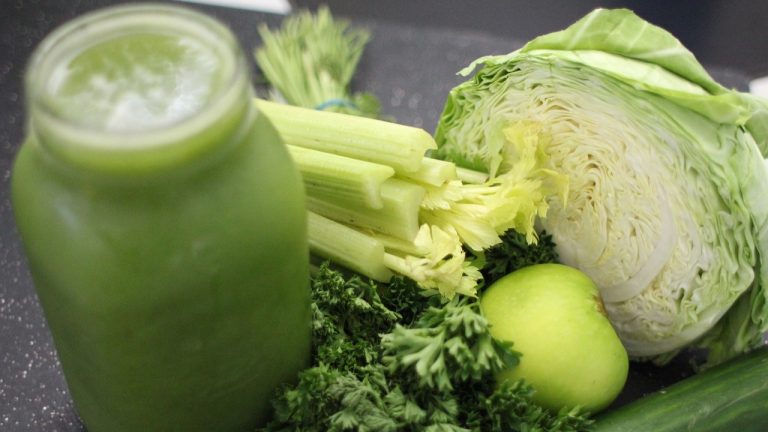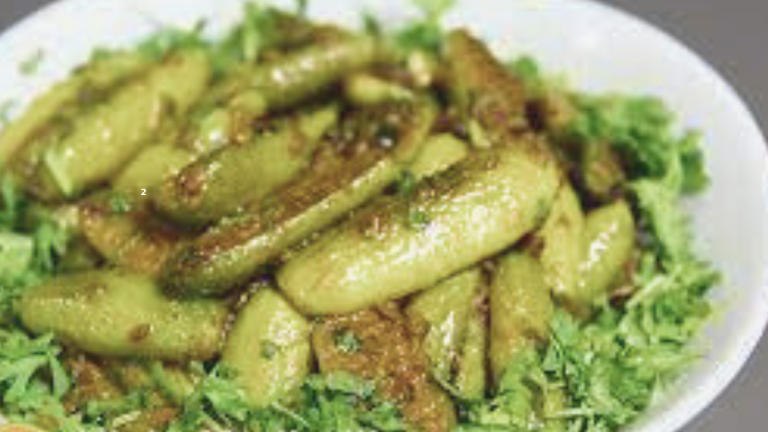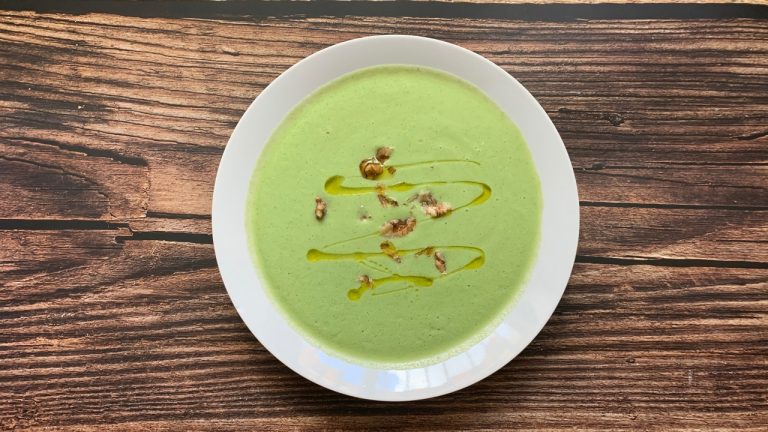Peanut Curd

Serves 3
Time: 40 mins
- Soak 1 cup of peanuts in water for 4 hours. Use peanuts that are light brown.
- Place the soaked peanuts and 2 cups water into a blender and blend. Then add 1 more cup of water and blend again.
- Serve the mixture in a bowl with a muslin cloth or nut milk bag. Then put the peanut milk on the stove.
- Heat the milk on a medium flame for 3-4 minutes. Could you remove it from the gas as soon as it starts boiling? Once the peanut milk is lukewarm, transfer it to a clay pot or glass bowl.
- Place 8 chili top and cover with a plate. Keep and cover with a plate. Keep the bowl in a mildly warm place, such as a balcony or an empty oven.
- Allow the curd to ferment for 8-9 hours, and your peanut curd will be ready! While the curd is set, ensure the bowl is not disturbed.
Note: Next time you want to prepare peanut curd, add 5 spoons of curd from your previous batch as a fermenter. Also, always make sure to maintain a ratio of 1 cup of peanuts to 3 cups of water.
Benefits of Peanut Curd
There isn’t a widely recognized or commonly known preparation called “peanut curd.” Traditional curd, also known as yogurt, is made from milk through a fermentation process involving beneficial bacteria.
However, if you’re referring to a specific product or a new food trend that has emerged after my last update, I might not have information on it. If “peanut curd” refers to a non-dairy yogurt or a yogurt-like product made from peanuts, it could have some potential benefits:
- Dairy-Free Alternative: Peanut curd may offer a plant-based alternative to traditional dairy yogurt, making it suitable for individuals who are lactose intolerant or follow a vegan diet.
- Protein Content: Peanuts are a good source of plant-based protein. If the preparation involves preserving some of the protein content from peanuts, it could contribute to the overall protein intake in the diet.
- Healthy Fats: Peanuts contain monounsaturated and polyunsaturated fats, which are considered heart-healthy fats. Including these healthy fats in the diet may have cardiovascular benefits.
- Vitamins and Minerals: Peanuts contain various vitamins and minerals, including vitamin E, magnesium, phosphorus, and potassium. These nutrients play important roles in overall health and well-being.
- Flavor and Creaminess: Peanuts have a distinct flavor, and using them in a curd-like preparation may add a nutty taste and a creamy texture to the product.
- Potential Probiotic Benefits: If the preparation involves fermentation using probiotic cultures, it may offer similar gut-health benefits as traditional dairy yogurt. Probiotics are beneficial bacteria that can support digestive health.
- Allergen-Friendly: Peanut curd could be a suitable option for those with dairy allergies, lactose intolerance, or soy allergies.
- Diverse Culinary Uses: Depending on its consistency and flavor, peanut curd could be used in various culinary applications, such as smoothies, desserts, or as a topping for dishes.
It’s important to note that the benefits would depend on the specific ingredients and the preparation process. Additionally, individuals with peanut allergies should exercise caution, as this product may not be suitable for them.
If “peanut curd” has become a more recognized product or if there are specific details about its composition and preparation, I recommend checking with reliable sources or the product’s packaging for accurate and up-to-date information on its benefits.



